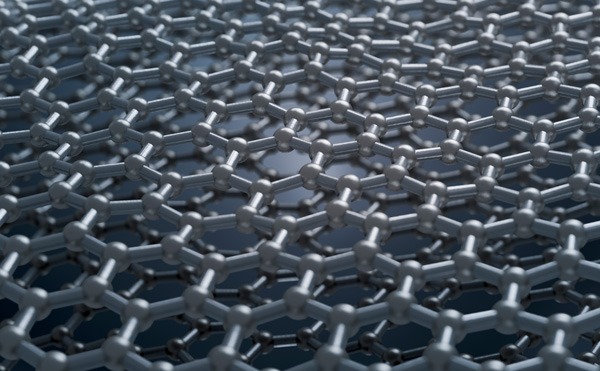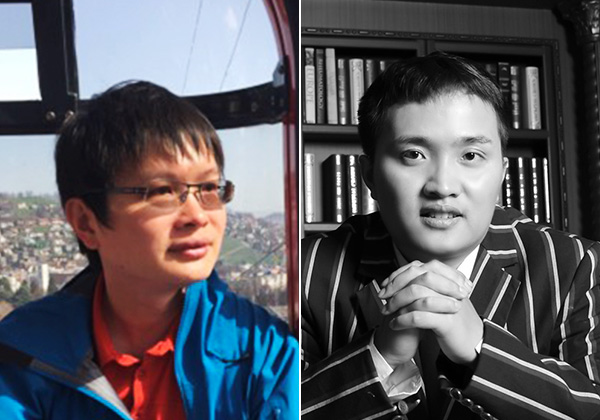Sep. 5, 2024 Research Highlight Physics / Astronomy
More magic in twisted layers of graphene
Adding an alternating magnetic field to two layers of graphene twisted at an angle can give rise to interesting effects

Figure 1: Bilayer graphene is a playground for strongly correlated physics. © ARTUR PLAWGO/SCIENCE PHOTO LIBRARY/Getty
Magnetic fields can engineer flat bands in twisted graphene layers to create a new playground for exotic physics, RIKEN physicists have shown1.
The exotic properties of graphene—a single layer of carbon atoms in a hexagonal lattice—are now well established. Electrons effectively move through graphene as if they have no mass. This is an exciting prospect for creating electronic devices with functionalities beyond those of silicon.
But things get even weirder when two or more layers of graphene are combined.
Whenever two sheets with a repeating pattern are placed on top of each other, a much larger pattern emerges when one sheet is rotated. Two layers of graphene also exhibit this so-called moiré pattern.
This leads to a dramatic change in properties. For example, at specific twisted angles, by adjusting electron number, the bilayer graphene can exhibit behaviors of a correlated insulator as well as superconductivity.
Now, Ching-Kai Chiu and Congcong Le, both at the RIKEN Interdisciplinary Theoretical and Mathematical Sciences (iTHEMS), and co-workers have shown that twisted bilayer graphene can become an even richer playground for exotic physics by using a spatially varying magnetic field.
Graphene’s unique band structure gives rise to its special electronic properties. “Graphene is renowned for having a band structure with a linear relationship between an electron’s energy and momentum at certain points,” explains Chiu.
Having two layers of graphene twisted at an angle alters these bands. “In twisted bilayer graphene, at certain ‘magic’ twist angles these bands evolve into flat bands because the interlayer coupling between the layers is adjusted to the right spot,” says Chiu.
In these flat bands, the kinetic energy of electrons is minimized, so the interactions between electrons become the dominant force. Intense electron–electron interactions lead to numerous strongly correlated electronic phenomena such as unconventional superconductivity.
“The discovery of strongly correlated electrons in magic-angle twisted bilayer graphene devices has both shocked and excited the physics community,” notes Le.
These flat bands are two-fold degenerate: that is, two different quantum states have the same energy. Chiu and the team have now mathematically shown that introducing a spatially alternating magnetic field gives rise to additional magic angles and flat bands that are quadruply (four-fold) degenerate.
“This higher degeneracy could potentially lead to even more correlated phenomena,” says Le. “And the magnetic phase offers an additional novel degree of freedom to tailor the electronic band structure.”
The search is on to find other materials that exhibit these phenomena. “We will systematically search for new platforms that host flat bands,” says Chiu.

Ching-Kai Chiu (left), Congcong Le (right) and co-workers at the RIKEN Interdisciplinary Theoretical and Mathematical Sciences (iTHEMS) have shown that twisted bilayer graphene can become an even richer playground for exotic physics. © 2024 RIKEN
Related content
- Quantum question about the anomalous Hall effect is answered
- New insulating state found in stretched graphene
- Method for predicting Dirac points developed, helping next-generation electronics research
Rate this article
Reference
- 1. Le, C., Zhang, Q., Cui, F., Wu, X. & Chiu, C.-K. Double and quadruple flat bands tuned by alternative magnetic fluxes in twisted bilayer graphene. Physical Review Letters 132, 246401 (2024). doi: 10.1103/PhysRevLett.132.246401
